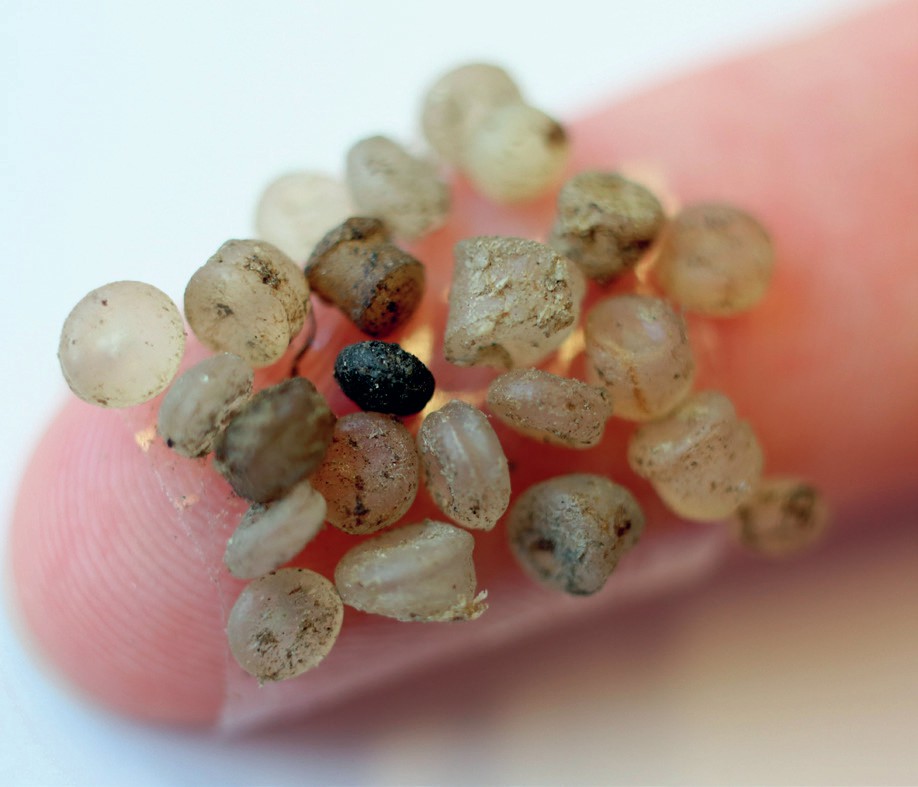
In the nineteenth century, the Mersey, the Tame and the Irwell were biologically dead, with no life in them at all, as a result of the industrial waste poured into them.By the early twentieth century they were considered to be among the most polluted in Europe.
Efforts made more recently to clean up these rivers appear to have been so successful that you can now stand under trees on the banks of the Mersey and spot herons fishing or a kingfisher swooping across the water. Trout, salmon, grayling and even otters have returned to the Mersey river basin. Dig a little deeper, however, and a very different picture emerges, one that is quite devastating to ecosystems in the river itself and ultimately across the world.
Your organisation does not have access to this article.
Sign up today to give your students the edge they need to achieve their best grades with subject expertise
Subscribe




